Sancheong Medicinal Herb Festival (산청한방약초축제)
16.3Km 2025-07-11
61 Donguibogam-ro 555beon-gil, Geumseo-myeon, Sancheong-gun, Gyeongsangnam-do
+82-55-970-6670
The Sancheong Herbal Medicinal Festival is a celebration for those interested in traditional herbal medicine. Donguibogam (Principles and Practice of Eastern Medicine) and its author, Heo Jun, are highly regarded in Korean medicine. Sancheong, where Heo Jun studied, is home to Jirisan Mountain, which is often seen as a treasure trove by Korean medicine doctors due to being a habitat of over 1,000 species of medicinal herbs. The festival features Korean medicine clinics offering treatments like acupuncture, while the festival square is transformed into an herbal garden with photo zones, tea drinking spots, spaces for making herbal flower pots, and exhibitions and sales of herbal flower pot goods. Visitors can also participate in making herbal sweet rice puffs, nostalgic herbal dalgona candy, herbal cocktails, and herbal tea brewed in a large decoction pot.
◎ Dongui bogam
Dongui bogam is a medical encyclopedia completed in 1610, written by Heo Jun after a meticulous study and observation of medical books and practices of China and Joseon. It is considered the best medical encyclopedia in the East and was registered as a UNESCO Memory of the World in 2009.
Sancheong Donguibogam Village (산청 동의보감촌)
16.4Km 2025-10-27
45-6, Donguibogam-ro 555beon-gil, Geumseo-myeon, Sancheong-gun, Gyeongsangnam-do
Enjoy various traditional Korean medicine in one place!
Sancheong Donguibogam Village is home to the Museum of Sancheong Korean Medicine, Korea's first traditional Korean medicine-themed museum created in 2007; the Korean Medicine Theme Park; the Sancheong Medicinal Herb Hall; the 'Ki' Experience Hall; the Korean Medicine Recreational Forest and the Korean medical clinics. The village allows you to experience 'healing' moments through traditional medicine. Here, you can learn diverse knowledge about traditional Korean medicine, organized by Heo Jun, the author of Donguibogam (medical encyclopedia). If you are suffering from chronic stress, look no further than Sancheong Donguibogam Village.
Hadong Tea Cultural Center (하동야생차문화센터)
16.6Km 2025-10-23
571-25, Ssanggye-ro, Hwagae-myeon, Hadong-gun, Gyeongsangnam-do
The Experience Hall of the Hadong Tea Museum is located in Unsu-ri, Hwagae-myeon, Hadong-gun, Gyeongsangnam-do. This annex of the museum is dedicated to hands-on programs. Main programs include a tea ceremony, a tea snack session (three-colored, sesame, and bean varieties), green tea seed accessory making, tea-leaf dyeing, make-your-own matcha class, tea-leaf picking, tea roasting, and a Doncha (compressed tea) experience.
Hadong Tea Museum (하동야생차박물관)
16.7Km 2022-08-05
571-25, Ssanggye-ro, Hadong-gun, Gyeongsangnam-do
+82-55-880-2956
The Hadong Tea Museum is located at the foot of Jirisan Mountain in Hadong, Gyeongsangnam-do. It aims to promote the tea culture of the area, the first tea producer in the nation, while advertising the quality and superiority of Hadong green tea. The center is located adjacent to the tea farming area and Ssanggyesa Temple, one of the most famous tourist attractions in Korea.
The museum features an exhibition hall explaining the history and culture associated with Korean tea, and an experience hall where visitors can enjoy hands-on programs like making tea and learning traditional tea etiquette, as well as a shop selling high-quality tea produced in the region. Every year, the museum also hosts the Hadong Wild Tea & Culture Festival every year.
Sangnim Park (상림공원)
17.1Km 2021-11-24
49, Pilbongsan-gil, Hamyang-gun, Gyeongsangnam-do
+82-55-960-5756
Hamyang is well known for its beautiful mountains and clean waters. Sangnim Park, located in Hamyang-gun, Gyeongsangnam-do, has beautiful sceneries throughout the year as well as various attractions including pavilions, memorial plaques, walking trails and more. The park was formed during the Unified Silla period, providing deep history as well as a place to relax.
Piagolgyegok Valley (피아골계곡)
17.3Km 2024-02-02
Piagol-ro, Gurye-gun, Jeollanam-do
+82-61-780-7700
Piagolgyegok Valley is located in Jirisan Mountain between Nogodan and Banyabong Peaks. The name of the valley comes from the crimson red maple leaves that fill the valley in fall. It is also one of the ten most beautiful highlights of Jirisan Mountain. The valley is famous for its fall colors, but it is also a beautiful place to visit all year around, from azaleas in spring to snow-covered rocks in winter.
Near the entrance to Piagolgyegok Valley is the largest temple in Jirisan Mountain, Yeongoksa Temple, and national treasures. The valley is not steep, providing an easy walk for all visitors. The trail stretches 6 kilometers from the ticket booth, and passes many beautiful places like Yeonjudam and Samhongso Pond. At the end of the valley, the trail continues another 2 kilometers up a steep hillside to reach Imgeollyeong Pass.
Dosimdawon (도심다원)
17.5Km 2025-10-23
51-2 Sinchondosim-gil, Hadong-gun, Gyeongsangnam-do
Hadong's tea fields, which are known as the thousand-year-old tea fields, are characterized by being wild rather than cultivated. Among the many tea gardens in Hadong, the one with the most beautiful and peaceful scenery is Dosimdawon. In “House on Wheels,” actor and singer Yim Si-wan and Girls' Generation Yoona sat in a pavilion and sipped green tea while looking out at the green tea fields stretched out below. Tea utensils and tea leaves in a picnic basket are available for rent so that you can brew your own tea.
Nogane (노가네)
18.2Km 2024-01-08
283 Noegye-gil, Hamyang-eup, Hamyang-gun, Gyeongsangnam-do
Nogane's specialties include samgyetang (ginseng chicken soup) and ori baeksuk (whole duck soup), Korea’s representative nutrient-rich foods that warm up the body and boost stamina. They are even more special because of shingled hedgehogs (with a unique scent, taste, and chewy texture, cultivated in broad-leaved forests) and precious wild ginsengs that are hard to acquire. The representative menu, neungi samgyetang (shingled hedgehog and ginseng chicken soup), has a soft texture from fully cooked large chicken and a rich soup full of mushrooms and chives. Thanks to the taste of the soup, rich with a lot of medicinal ingredients, this restaurant has a constant stream of visitors. Side dishes such as kimchi and pickles that boost the appetite are also neatly served.
Suseonsa Temple (수선사)
18.6Km 2024-02-23
1117 Nae-ri, Sancheong-eup, Sancheong-gun, Gyeongsangnam-do
Suseonsa Temple is a temple situated on Ungseokbong Peak in Jirisan Mountain. Renowned for its picturesque hydrangea and lotus, it has become a favored destination for many visitors. The temple offers a temple stay program, allowing participants to restore both body and mind. Nearby, the café run by Suseonsa Temple provides a pleasant retreat, adding to the enjoyment of visitors' experiences.
Goundonggyegok Valley (고운동계곡)
19.0Km 2025-03-28
Bancheon-ro, Sicheon-myeon, Sancheong-gun, Gyeongsangnam-do
* Please be advised that this is located in one of the areas affected by the recent wildfire (as of March 27, 2025).
** For real-time wildfire information and emergency upates, visit the Korea Forestfire Information website and the National Disaster and Safety Portal.
Goundonggyegok Valley, nestled within Jirisan Mountain, is renowned for its extraordinary beauty. It also has historical significance as a resting place for the esteemed Confucian scholar Choe Chiwon during his journeys around the mountain. Characterized by crystal-clear waters and dense forests, the valley boasts a breathtaking landscape. In the summer, it becomes a sought-after destination for those seeking respite from the heat, while in autumn, its celebrated vibrant foliage draws numerous visitors.
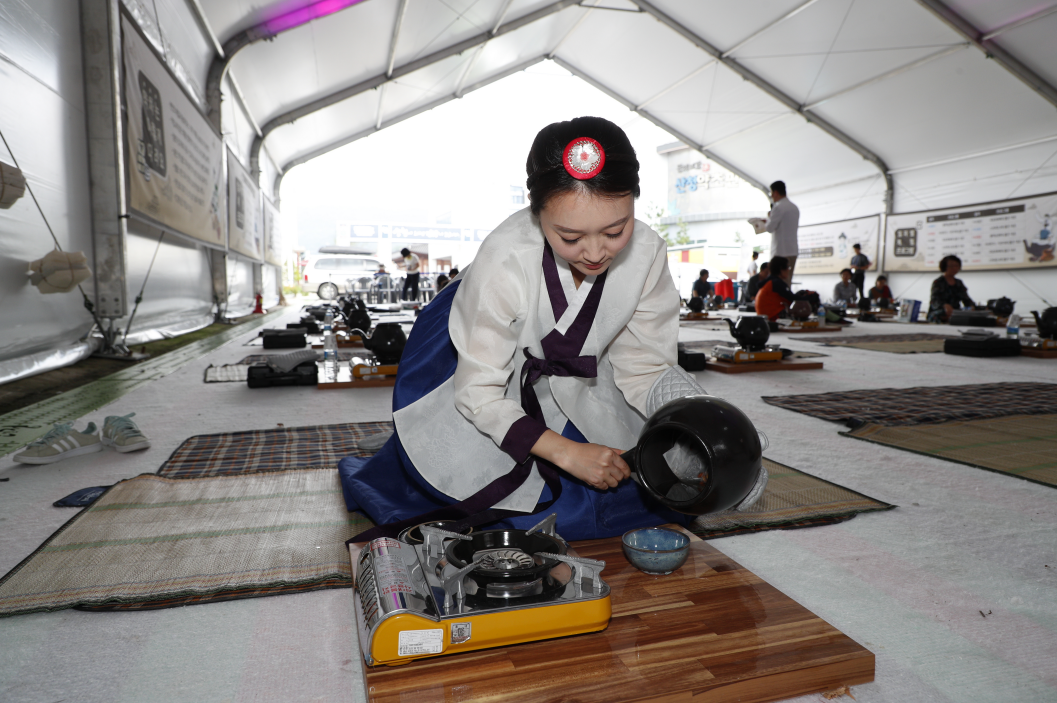
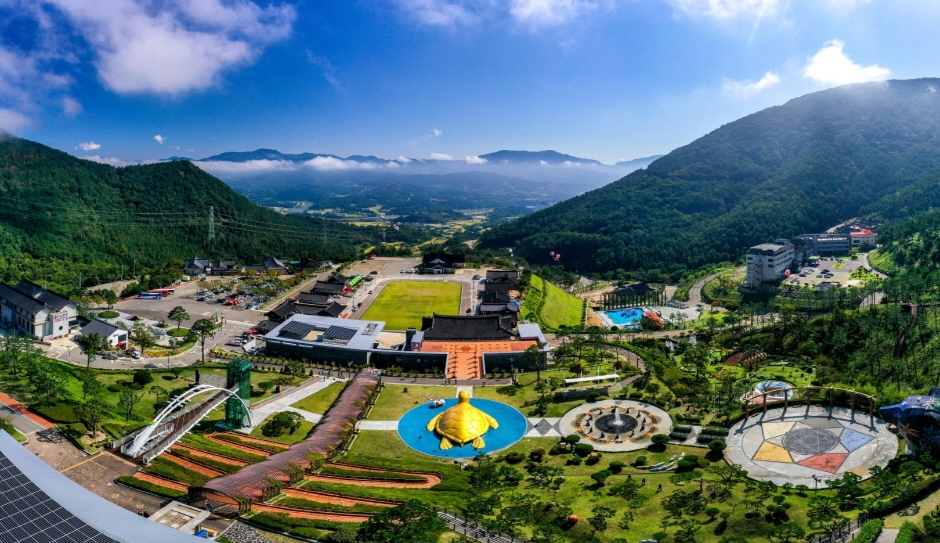
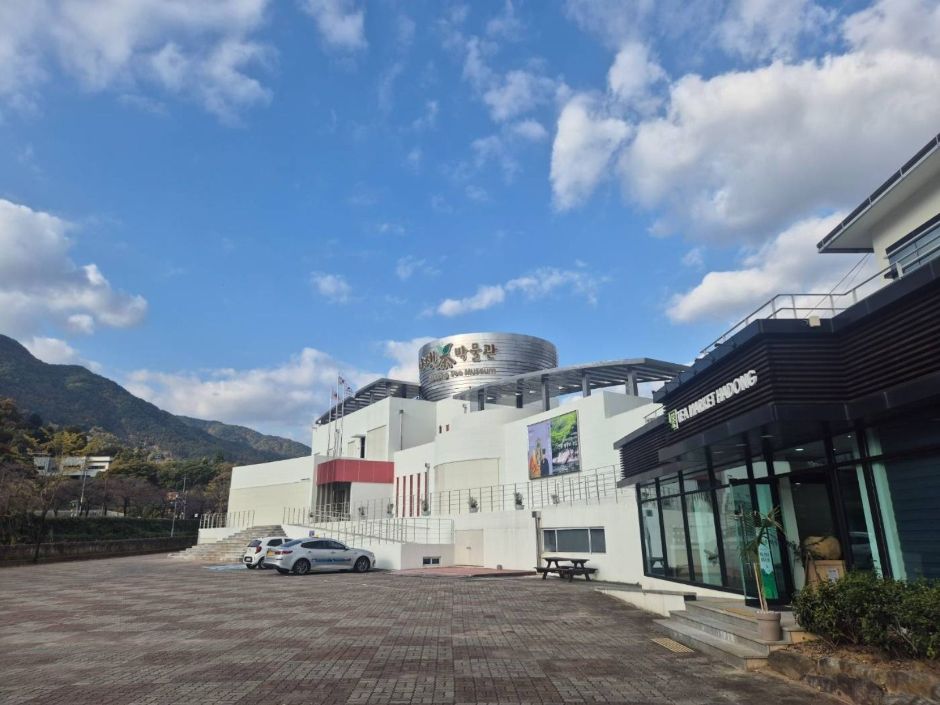

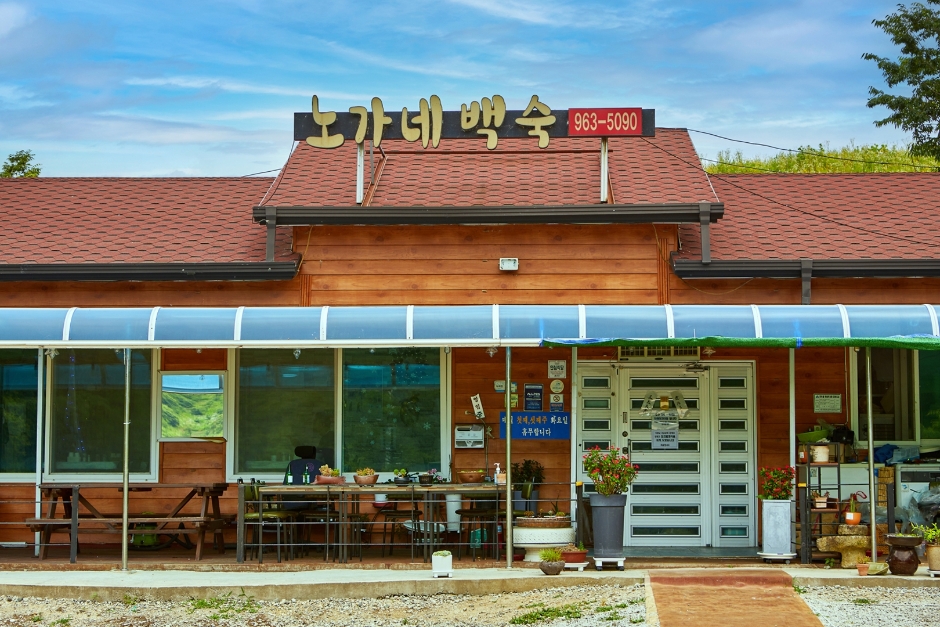
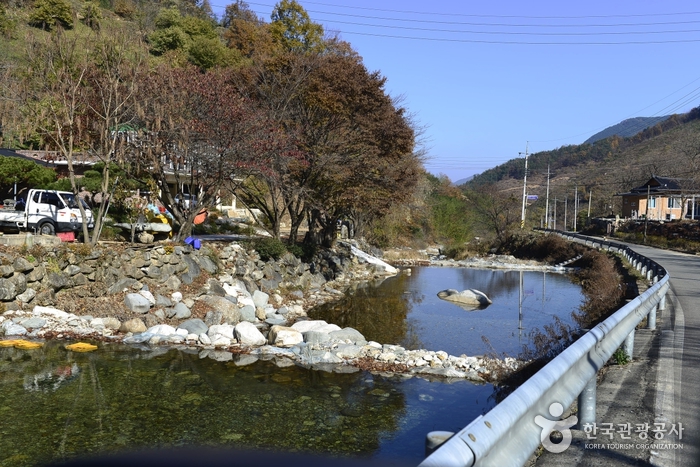
 English
English
 한국어
한국어 日本語
日本語 中文(简体)
中文(简体) Deutsch
Deutsch Français
Français Español
Español Русский
Русский